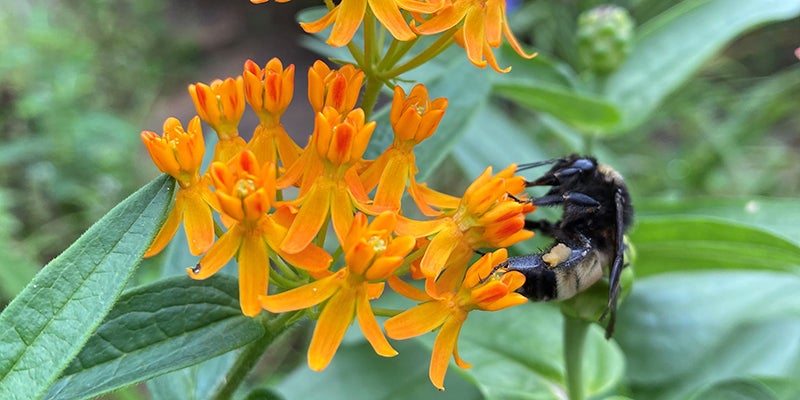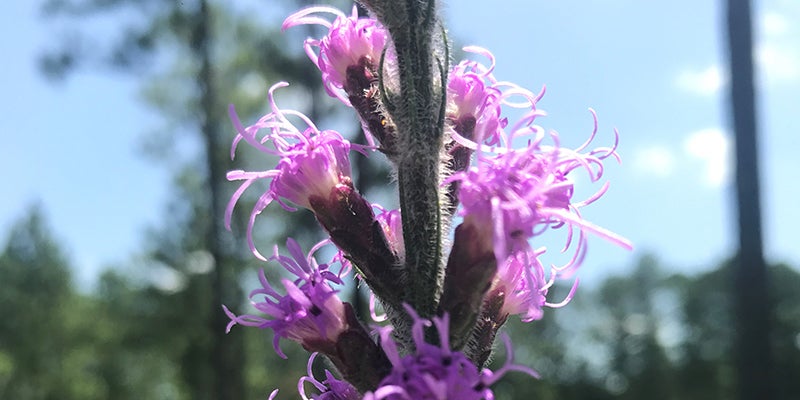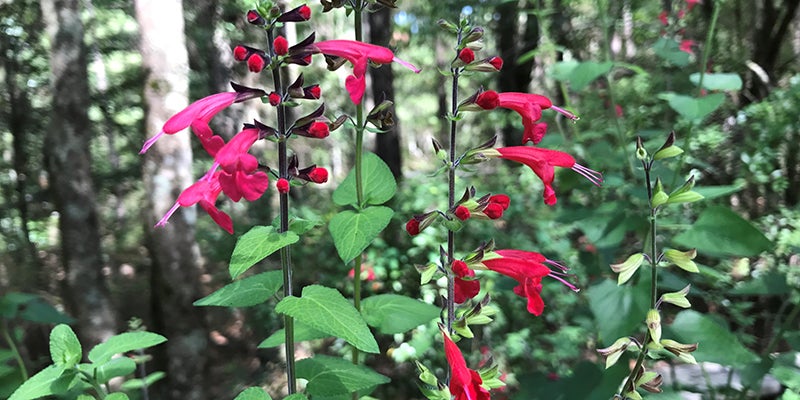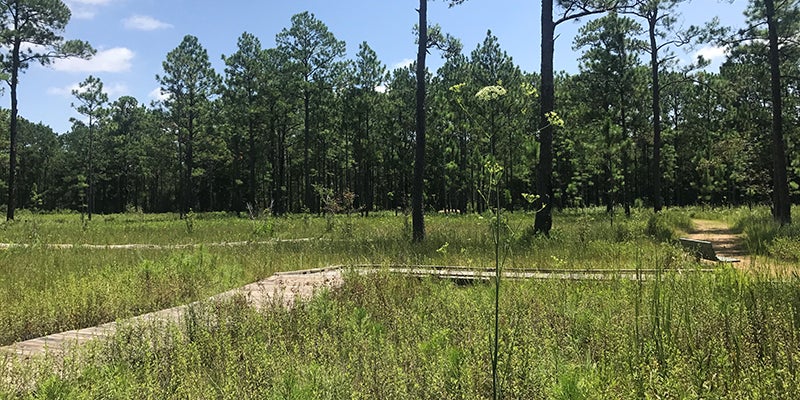The Crosby Arboretum’s Savanna Exhibit: Late summer blooms
Published 7:00 am Wednesday, August 5, 2020
By Patricia Drackett
Director of the Crosby Arboretum
Over the past few weeks, we have been pleased to see so many persons venturing out to stroll the Arboretum’s three miles of pathways that journey through our Savanna, Woodland and Aquatic exhibits. Even though the summer temperatures have been quite hot, visitation has been higher than we typically experience this time of year.
I took a walk myself this past Saturday to see what is blooming in the south pitcher plant bog and was thrilled to see that the tall purple spikes of Liatris, also known as blazing star, are just beginning to flower. Most of the bloom spikes are not showing any color yet, but it is evident that this plant will be putting on a phenomenal show this year.
If you enjoy taking photos of wildflowers, keep an eye on the patches of Liatris preparing to erupt in the pitcher plant bog. Because we were not able to burn the bog in winter of 2018-19 due to the wet conditions that winter, the perennial grasses grew quite large and crowded out many of the wildflowers. Consequently, we saw very few Liatris blooms last summer.
Seasons come and go in the savannas, and each one brings a new combination of color and texture. One year’s spring may look very different from the previous year, as the plant colonies and individual plants create new patterns as populations ebb and flow across the grasslands. Fall’s arrival is eagerly anticipated. Although we may still have a while before we can truly say that autumn has arrived, the emergence of Liatris is a promise that it won’t be long.
Plan a visit, and bring your camera in a couple of weeks. Stand in the pitcher plant bog near the Quaking Bog Exhibit boardwalk. Here, you will be surrounded by hundreds of blooming blazing star, and chances are you will also be surrounded by butterflies – eastern black and yellow swallowtails, buckeyes, and perhaps even a monarch or two. The tall purple Liatris spikes will stand tall against their backdrop of thousands upon thousands of pipewort (Eriocaulon), called lady’s hatpin or bog buttons, and dashes of yellow-eyed grass (Xyris).
Recently, a Facebook friend shared an awesome video of Joe Pye weed covered in butterflies. The plant is occasionally spotted in local roadside ditches, but has become accepted as an outstanding native perennial for the garden. Once known as Eupatorium purpureum, the Latin name is now Eutrochium purpureum.
Search for a photo of this plant, and then picture Eupatorium’s lavender-pink blooms towering up to seven feet in the back of your perennial bed! Compact, shorter selections of this native plant are also available in the trade. The plant grows in full to part sun and prefers rich soils that stay moist.
Consider including species of milkweed in your garden. We have several handouts providing recommendations of the best native species for Mississippi. Swamp milkweed (Asclepias incarnata) is a great choice for the garden bed as it will grow in full to part sun, in typical garden soil, despite its name. Other common and easily-grown species are available as seed or plants in the trade, but the orange butterfly weed (Asclepias tuberosa) is by far the most well-known and widely available species.
At the Crosby Arboretum, we are a perfect site to observe native plants of Mississippi that “hang out with their buddies.” For example, if you like red maple, you can see what plants are growing in the same environmental conditions. One way to ensure a higher degree of success in your garden is to do some basic research into the plants you wish to use in your garden. What are its preferred soil, moisture and light exposure? This way, instead of just popping it in the ground where you happen to have an open space, you can begin to organize your new plant acquisitions in areas with their “companions” – those needing similar moisture and light conditions.
Native plant species can be used to “solve” some of the issues posed by challenging landscapes, for example, newly constructed sites with heavily compacted soils, or areas in your yard having poor drainage. Many ornamental plant species tend to be better suited to average, well-drained garden beds rather than problem areas. Yet, on a walk through “wild” areas you will see plants growing in every possible type of soil, moisture and sun exposure.
For information on the Arboretum visit www.crosbyarboretum.msstate.edu<http://www.crosbyarboretum.msstate.edu>. The garden is open Wednesday through Sunday from 9 a.m. to 5 p.m. and is located in Picayune, off I-59, Exit 4, at 370 Ridge Road.







